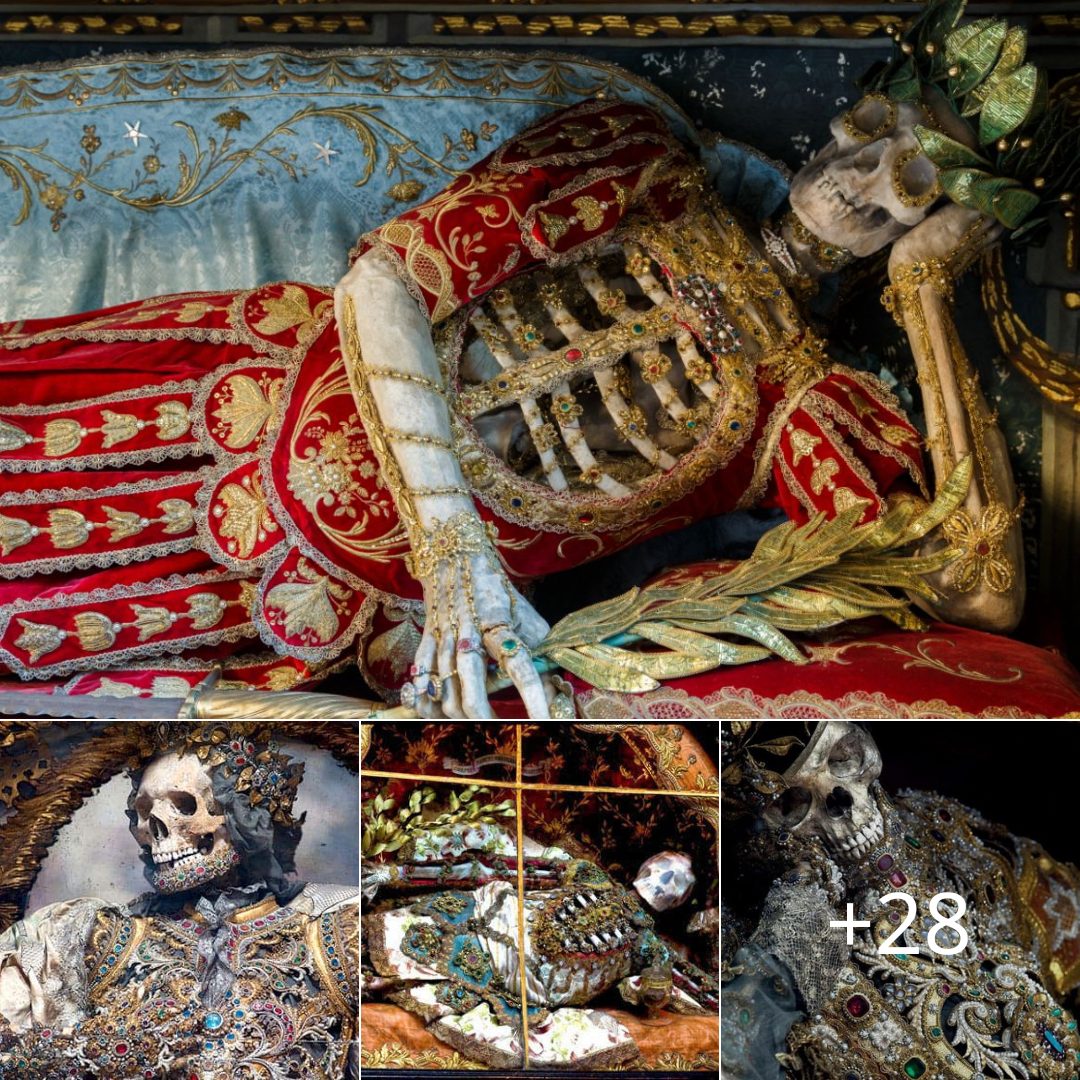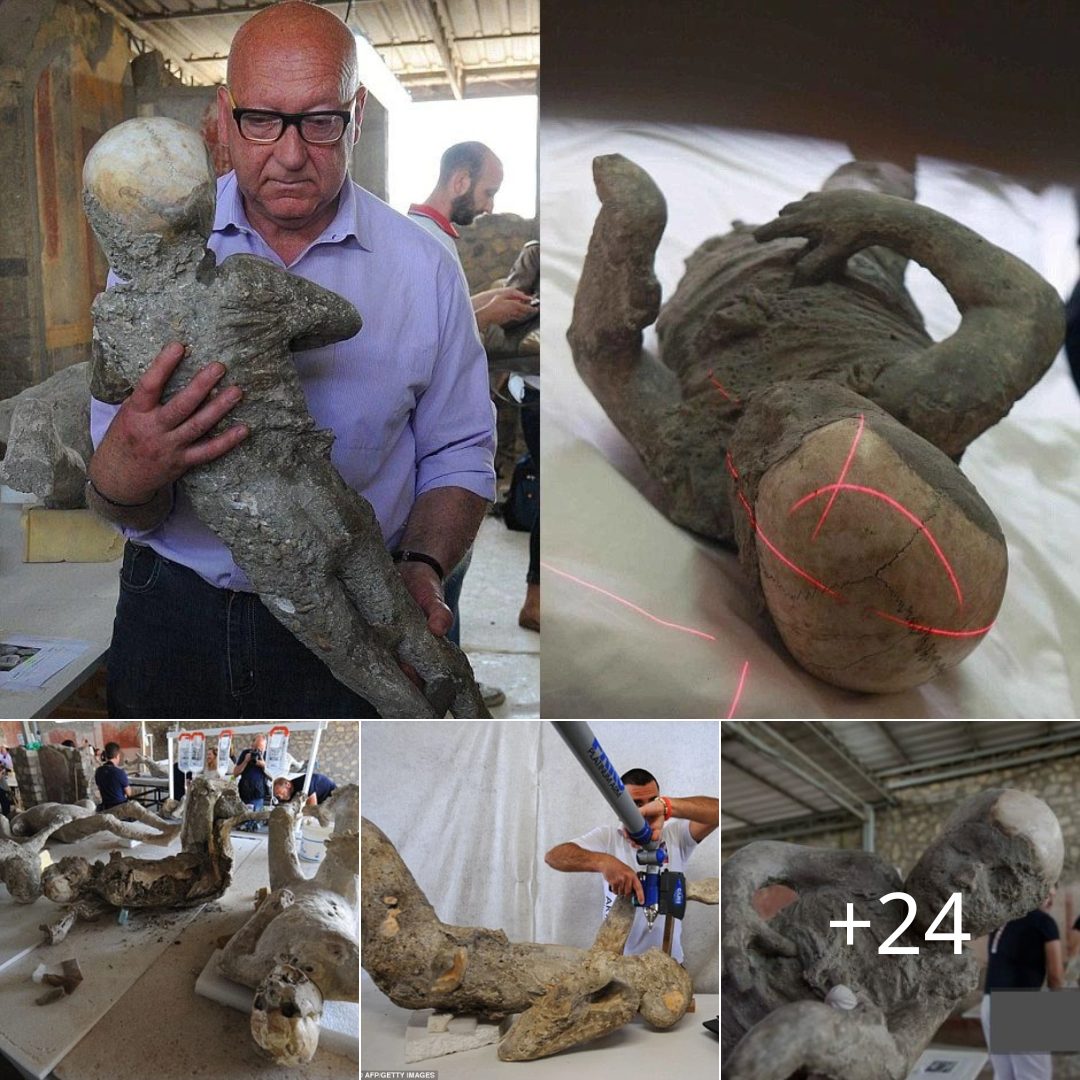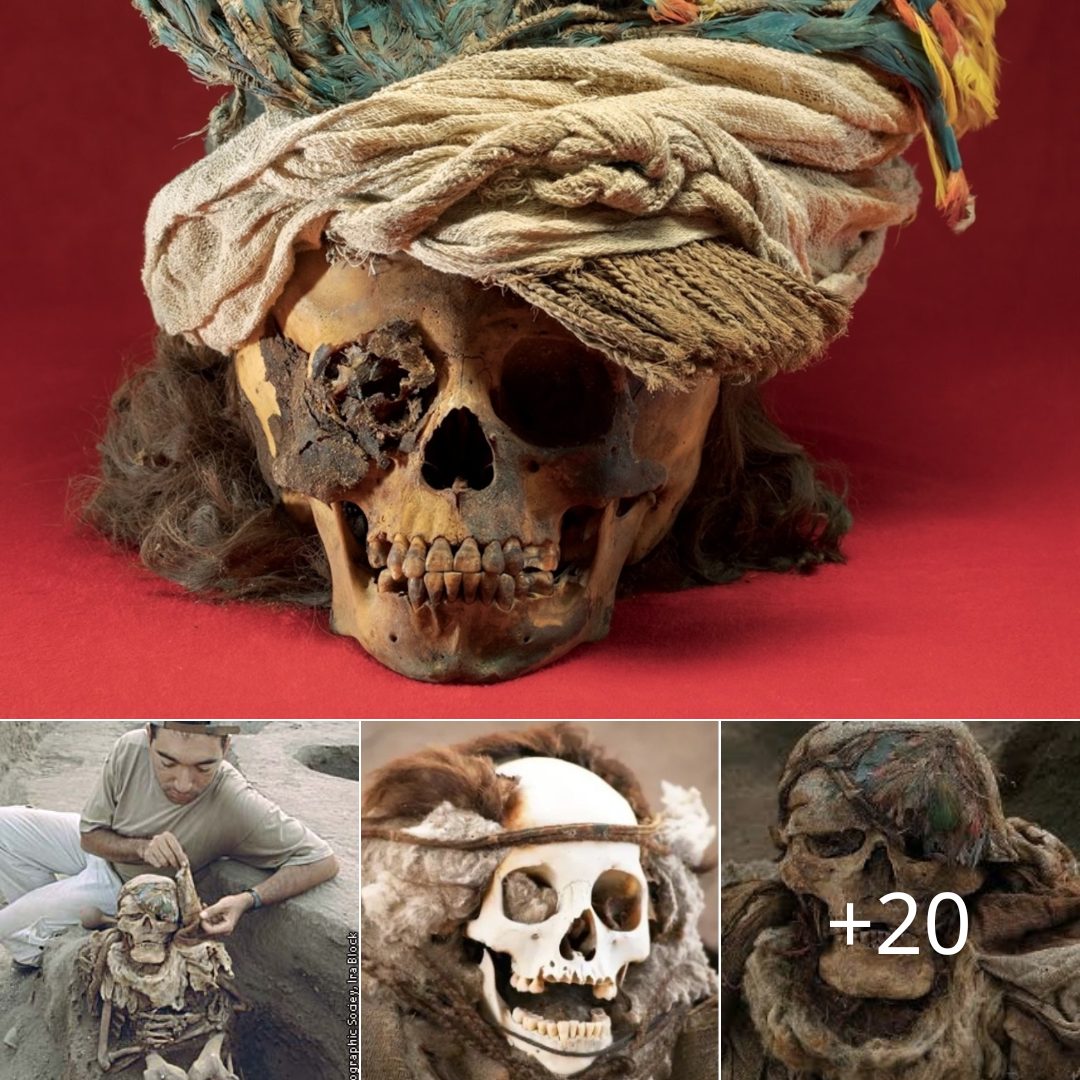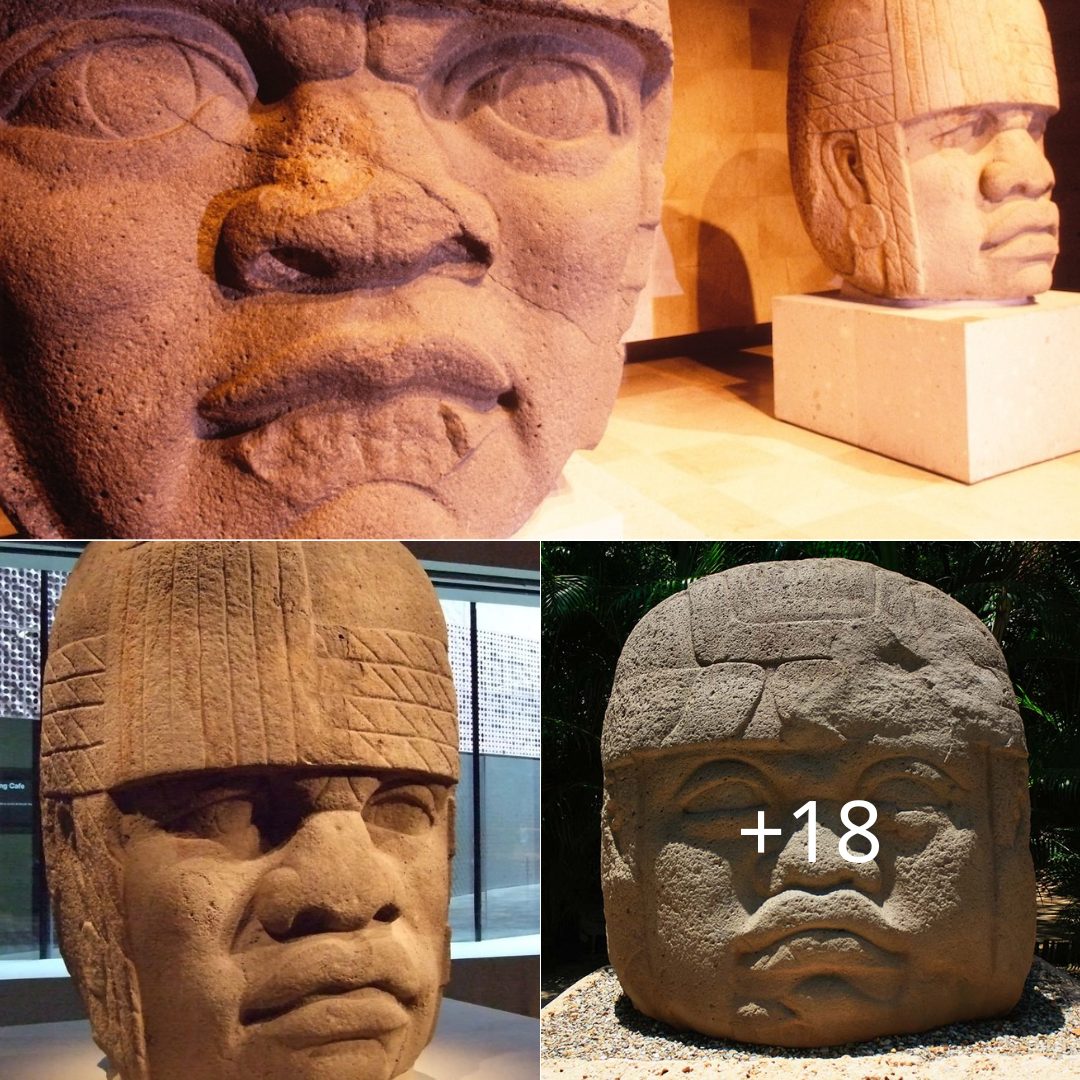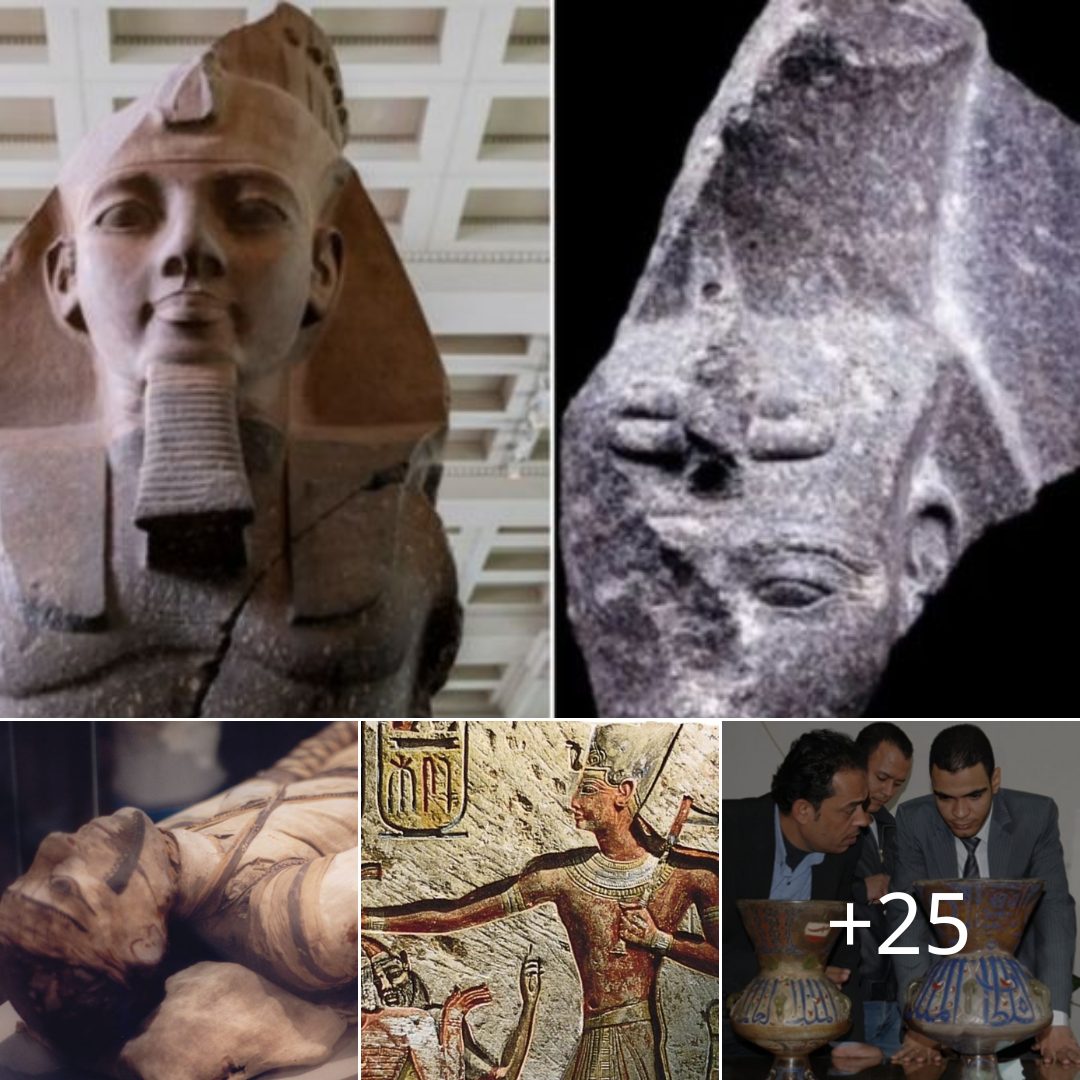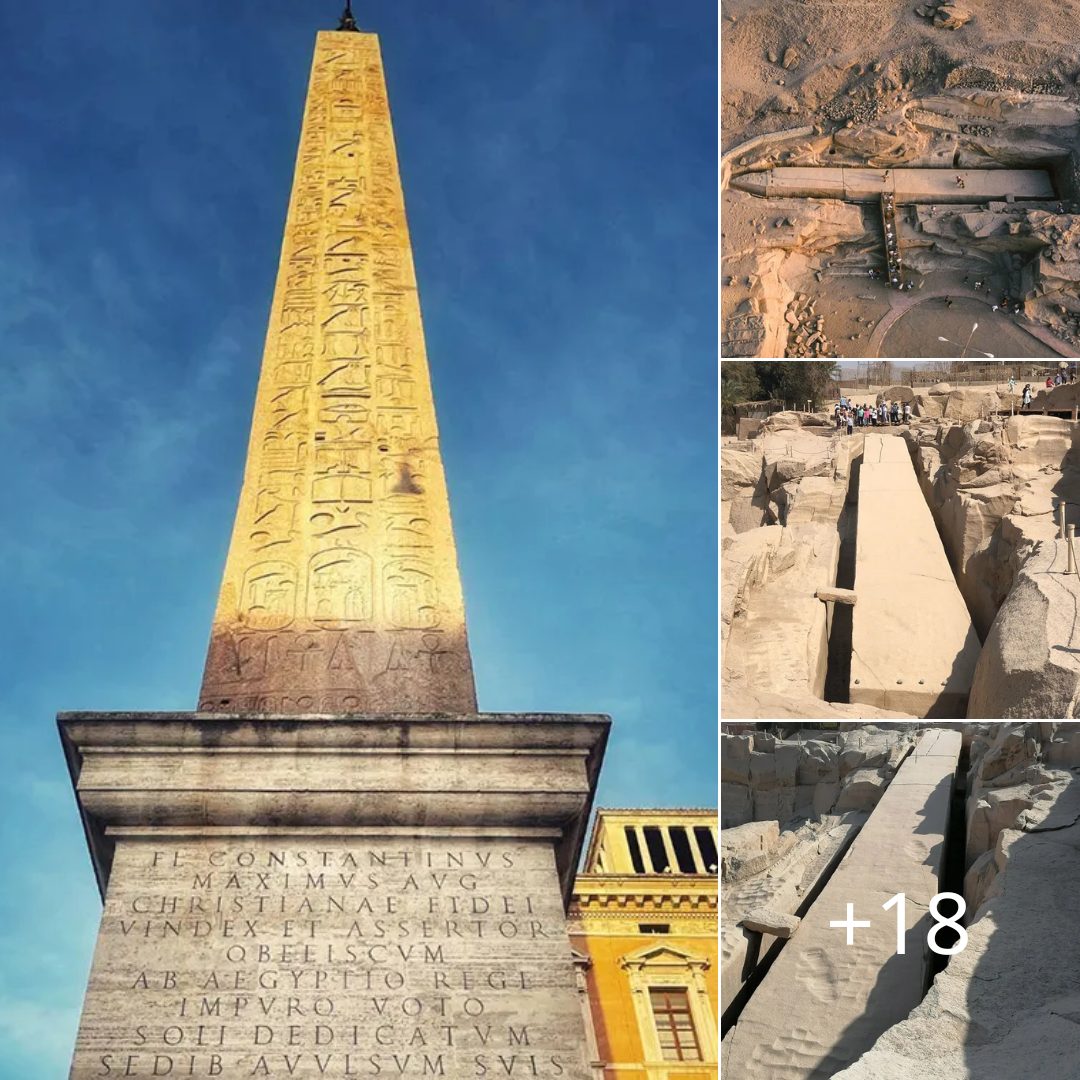AncientPages.com – Egypt, the land of the pyramids keeps delivering archaeological marvels. This time researchers announced they have unearthed an ancient shrine and a bust of the Roman Emperor Marcus Aurelius in southern Egypt.
Located to the south of the Temple of Amun-Re, the shrine of god Osiris-Ptah Neb, dates back to the 25th dynasty. It was found in the Temples of Karnak in the southern city of Luxor.
Archaeologists discovered artifacts from a shrine to the god Osiris-Ptah-Neb, in the ancient temple Karnak. Credit: Ministry of Antiquities
Karnak is one of the largest temple complexes in the world. This magnificent place has incredibly rich architectural, ritual, religious, economic, social and political history. Karnak was dedicated to the gods Amun-ra, Mut and Montu.
The unearthed ancient shrine also contains the names of Kings Taharka and Tanout Amun, revealing its links to the late 25th Dynasty; Tanout Amun was the last king of the 25th Dynasty, scientists say.
The discoveries at Karnak, in the city of Luxor, include parts of a stone panel depicting a ram and a goose – symbols of the ancient Egyptian god Amun. Credit: Ministry of Antiquities
Archaeologists found the entrance to the shrine itself, with several columns and inner walls, along with the remains of a third chamber.
According to Dr Ayman Ashmawy, Head of the Ancient Egyptian Antiquities Sector, this shrine for the god Osiris is one of the most important in the temple from that time, as indicated by its position on the southern side of the temple for the god Amun-Re.
“Artifacts found at the site included a collection of pottery, the lower part of a sitting statue and part of a stone panel depicting an offering table filled with a ram and a goose.
These were symbols of the ancient god Amun, according to Essam Nagy, the head of the expedition working in the area,” Daily Sabah reports.
The bust of Roman Emperor Marcus Aurelius was found in the Temple of Kom Ombo in the southern city of Aswan.
This undated photo released by the Egyptian Ministry of Antiquities, shows the head of Roman Emperor Marcus Aurelius that was found in the Temple of Kom Ombo, in Aswan, 585 miles (940 kilometers) south of Cairo, Egypt. (AP Photo)
The word “Kom” in Arabic means the small hill and the word “Ombo”, in the Hieroglyphic ancient Egyptian language means the gold. Therefore, the word Kom Ombo, as a whole, means the “hill of the gold”.
There are not many ancient Egyptian temples dedicated to two gods. Temple Of Kom Ombo is unusual in that sense that it honors both the ancient Egyptian crocodile god Sobek and the falcon-headed god Horus.
Unusual Double Temple Of Kom Ombo Dedicated To Crocodile God Sobek And Falcon-Headed God Horus
Often called the “philosopher on the throne” or the “philosopher-emperor”, Marcus Aurelius (121 AD – 180 AD) was a powerful Roman Emperor who ruled for nearly two decades. Emperor Aurelius was not only a military leader but also a scholar known for his intellectual pursuits.
His greatest intellectual interest was Stoicism, a philosophy that emphasized fate, reason and self-restraint. When Emperor Aurelius died, his son built an impressive column that stands 100 feet high and bears a band of reliefs.
The ancient head of Emperor Aurelius discovered in Egypt, has remained largely intact over the years, and the wavy beard and hair can still clearly be seen. The head is “unique” because statues depicting this emperor are rare in Egypt, Egyptologists say.
